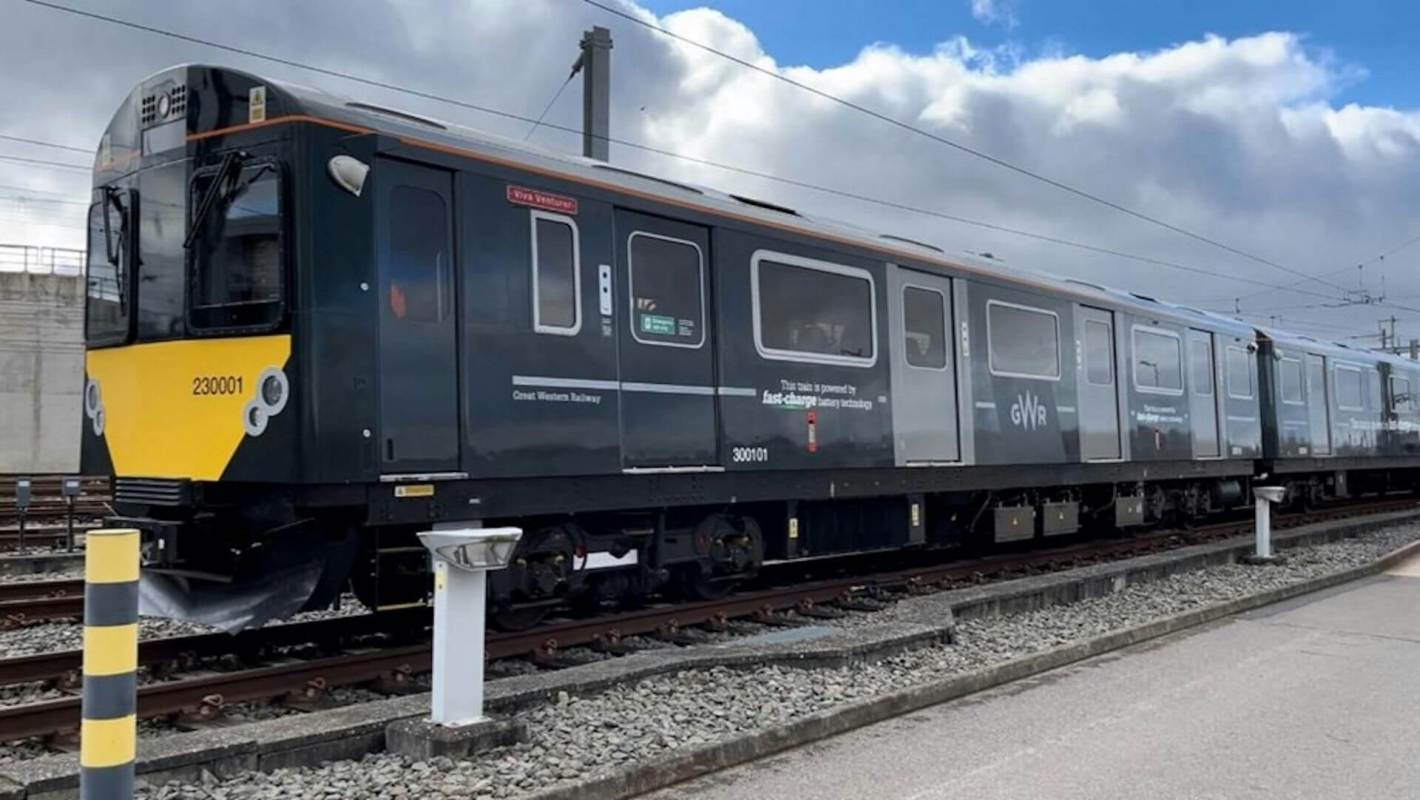Great Western Railway has pulled off an impressive feat that may keep the United Kingdom on the fast track toward cleaner air without sacrificing beauty, function, or convenience.
In February, the train operating company, also known as GWR, announced that its Class 230 battery train traveled a record 86 miles without needing to recharge. Engineers believe the train could've gone even further, topping out at 120 miles, as only 45% of battery capacity was used at the 70-mile mark. The route wasn't a walk in the park, either.
"We were delighted by how the battery train performed today and during its series of test runs. In fact, it's fair to say it has surpassed the expectations of our team of engineers," GWR Engineering Director Dr. Simon Green said in the press release. "Achieving these distances gives us great confidence as we press forward with this industry-leading fast-charge technology.
"It's also worth noting that in reaching the 86 miles on Wednesday, the train was operating in a real-world environment, at speeds of up to 60 mph, stopping and starting over a hilly route, with elevation changes of up to 200 meters [656 feet]."
The hope is the fully battery-powered train will be part of the U.K.'s solution to phasing out diesel-only trains by 2040 and significantly reducing carbon pollution by 2050.
Plans to bring battery-powered trains to the U.K. have been in the works since at least 2022, when GWR signed an agreement with manufacturer Vivarail, per the press release. The train operator then completed a purchase of intellectual property, stock, and equipment from Vivarail in February 2023 as it continued developing its fast-charging battery.
As the train runs, the battery "charges itself at each turnaround," as GWR Managing Director Mark Hopwood detailed in a video for the company.
Public transit is already a more cost-effective and planet-friendly way to get around when walking, biking, or even e-biking isn't an option, but some trains produce more pollution than others.
High-speed rail, for example, runs on electricity, making it cleaner than a diesel passenger system, but pollution is generated if the train is pulling power from a grid dependent on dirty energy.
Many hybrid-electric trains also rely on diesel generators to fill in the gaps, as detailed by CleanTechnica, while others may pull power from overhead electric lines.
While the latter option can provide the opportunity to draw from wind turbines, which generate clean energy, one perk to the Class 230 model is that it doesn't need such lines. Overhead electric lines can mar otherwise scenic landscapes, and they are also pricey and time-consuming to install.
In its press release, GWR revealed that it charged its train for an astoundingly low 3.5 minutes during trials along the Greenford branch line.
It has also been running tests on other lines in the Thames Valley, which could eliminate more than 1,700 tons of carbon pollution each year. The company hopes its battery-powered train will eventually be able to cover 2,000 miles over 80 lines.
"We want GWR to be at the forefront of the railway's commitment to phase out diesel-only traction … and this demonstrates that we put our customers at the heart of everything we do," Hopwood said in a press release.
Join our free newsletter for weekly updates on the coolest innovations improving our lives and saving our planet.









